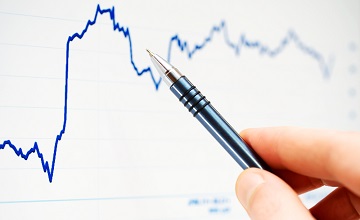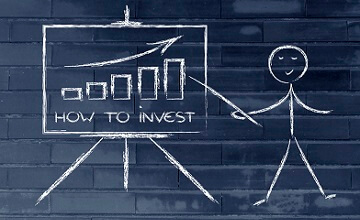Being sensible with Buy Now Pay Later this silly season
Move over debit and credit cards; consumers are flocking to Buy Now Pay Later (BNPL) services. Afterpay, Zip Pay and several similar payment solutions allow shoppers to take home their…

Move over debit and credit cards; consumers are flocking to Buy Now Pay Later (BNPL) services. Afterpay, Zip Pay and several similar payment solutions allow shoppers to take home their…

While retirement should be the best years of your life, many Australians make simple, avoidable mistakes with their finances that can leave them without the funds to really enjoy life….

For most Australians, their 60s is the decade that marks retirement. For some this means a graceful slide into a fulfilling life of leisure, enjoying the fruits of a lifetime…

If 50 really is the new 40, then life has just begun. The kids are gaining independence or may have left home, and the mortgage could be a thing of…

If you are in your 30s, chances are life revolves around children and a mortgage – not super. And as much as we love our kids, the fact is they…

Superannuation is for the oldies, right? In some ways that’s true, but even in your twenties there are good reasons to take a bit more interest in your super. The…

For many of us, our first experience of banking and savings was the school Savings Account Program. But in 2019 the Australian Securities and Investments Commission (ASIC) raised concerns that…

During the last quarter one story has dominated the news – COVID-19. By the end of June at least 10 million people had contracted the disease, and over 500,000 had…

Whether it’s taking a more active interest in our superannuation, starting to build an investment portfolio, or even trying our hands at playing the stock market, we can all benefit…

[fsn_row][fsn_column width=”12″][fsn_text] Whether it’s by direct purchase, via a managed fund or through superannuation, most Australians hold some form of share investment. Many of us are aware that if the…

The first quarter of 2020 will forever be remembered for delivering one of the greatest health and economic shocks of all time. The economic damage was an inevitable consequence of…

Recent events such as the coronavirus outbreak, bushfires across Australia and the drought highlight the far-reaching effects of an epidemic. Following the initial devastation of these events, the true cost…

The dawn of a new year sees many people setting new year’s resolutions such as losing some weight or giving up smoking. Similarly, the beginning of a new year is…

The Royal Commission into Misconduct in the Banking, Superannuation and Financial Services Industry delivered its final report in February 2019, capping off a process that revealed the unethical and, in…

Banks have not been passing on the full reduction in the Reserve Bank’s official cash rate, but no one knows with any certainty, what the future holds for rates and…
End of content
End of content